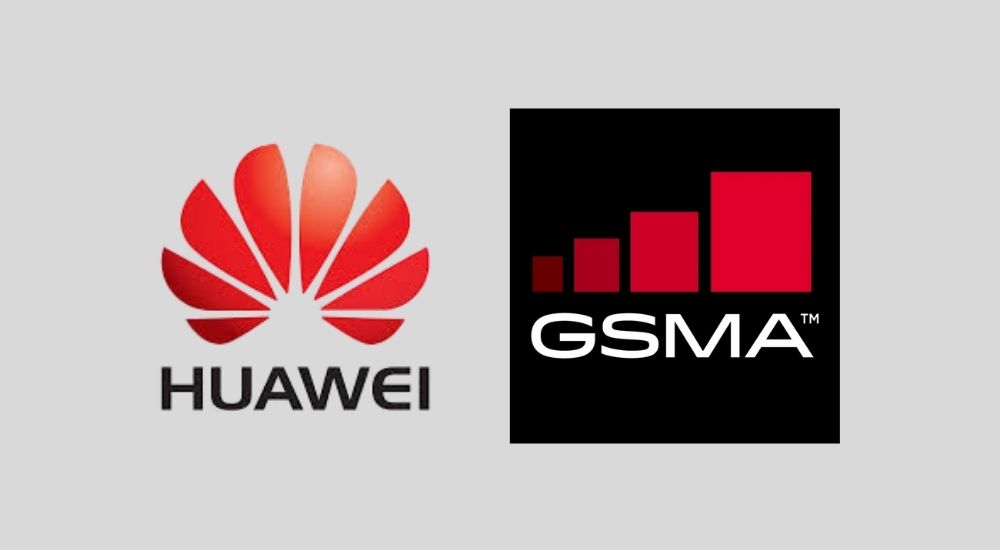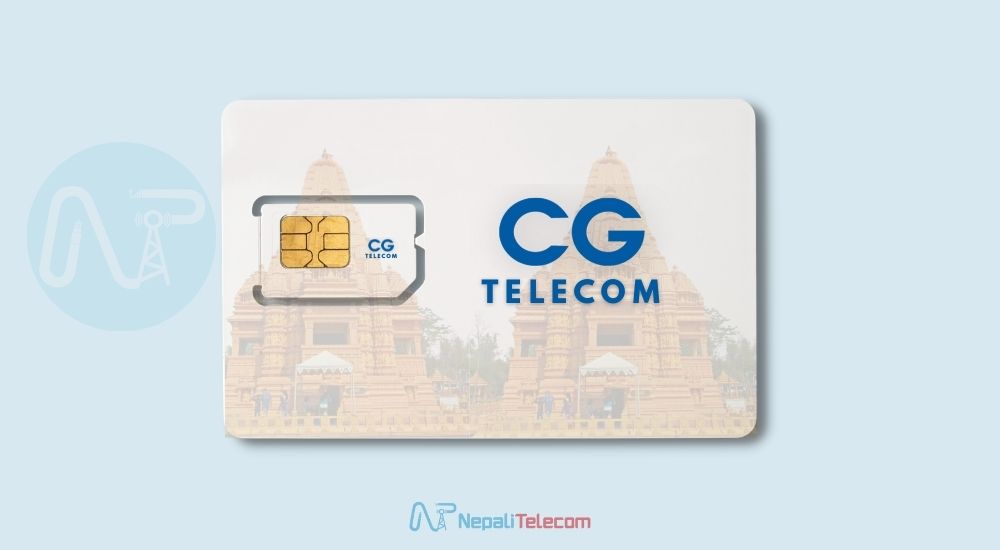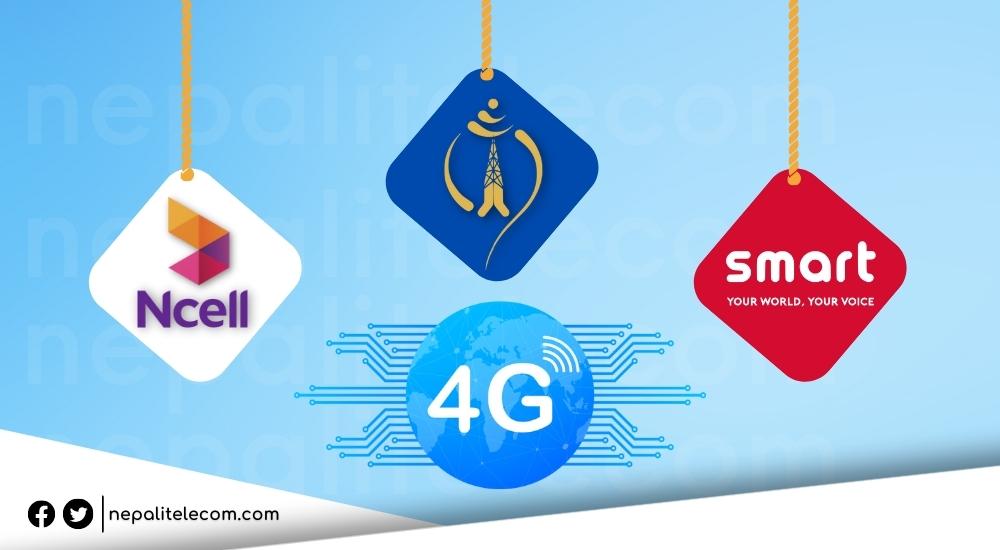Huawei proves that their 5G wireless and core network equipment are one step ahead. Huawei 5G equipment that contains 5G RAN gNodeB, 5G Core UDG, UDM, UNC, UPCF has passed the GSMA NSEAS (Network Equipment Security Assurance Scheme).
For a long time, GSMA NESAS has boosted the industry’s confidence in telecom network equipment. It has also helped to make it a practical choice for the industry and an important consideration for all regional markets, to jointly promote the development of more aligned mobile communications market.
ALSO READ: Huawei ranks 49th in the Global Fortune 500 company list.
NESAS is a standardized cybersecurity assessment mechanism that provides an industry-wide security assurance structure to facilitate improvements in security levels across the mobile industry. They basically, make sure everything is up to date and ready to go in order to get things done in the smoothest way possible. Moreover, GSMA NESAS is also widely accepted in the industry, and it also ensures that the relevant equipment meets the Scheme’s 5G network security and reliability requirements.
Huawei 5G and GSMA NSEAS
As Huawei 5G passes GSMA NSEAS, let’s get to know more about what this really is. Well, this is a very open evaluation process that avoids fragmented evaluations and their resulting costs. More to that, it also improves the transparency of security protection levels. In total, NESAS covers 20 assessment categories, defining security requirements, and an assessment framework for 5G product development and product lifecycle processes. Additionally, it uses security test cases defined by 3GPP to assess the security of network equipment.
Also read:
This is a very latest test process which provides a standardized and effective cybersecurity assessment. It also allows the communications industry to ensure fairness. The Assessment is also a valuable reference for stakeholders, such as operators, equipment vendors, government regulators, and application service providers. Huawei has always focused on technology-driven cybersecurity.
For Huawei, cybersecurity certainty is a shared goal between its customers, supervisory authorities, and other stakeholders. Due to this, trust in cybersecurity has become a major global concern as the world grows more digital. Huawei holds a strong belief in upmost security and assurance for its customer and believes that trust must be based on verifiable facts. It proclaims that these facts should, in turn, be based on shared standards. It also very much supports GSMA and 3GPP in developing a global standardized security assessment. This is an idea that has largely been accepted as an industry consensus. NESAS promotes this concept, and as such, Huawei urges the industry to widely adopt NESAS.
Also read: 5G will come to Nepal in 2021: Huawei CEO
Also, Huawei passed the 5G cybersecurity test by China’s IMT-2020 (5G) Promotion Group. These test specifications are based on the 3GPP international standards for 5G security assurance. This assures its place in the upcoming 5G department as a strong candidate.
Although the company is battling out in several key markets, the passing of this scheme from GSMA is quite significant.













